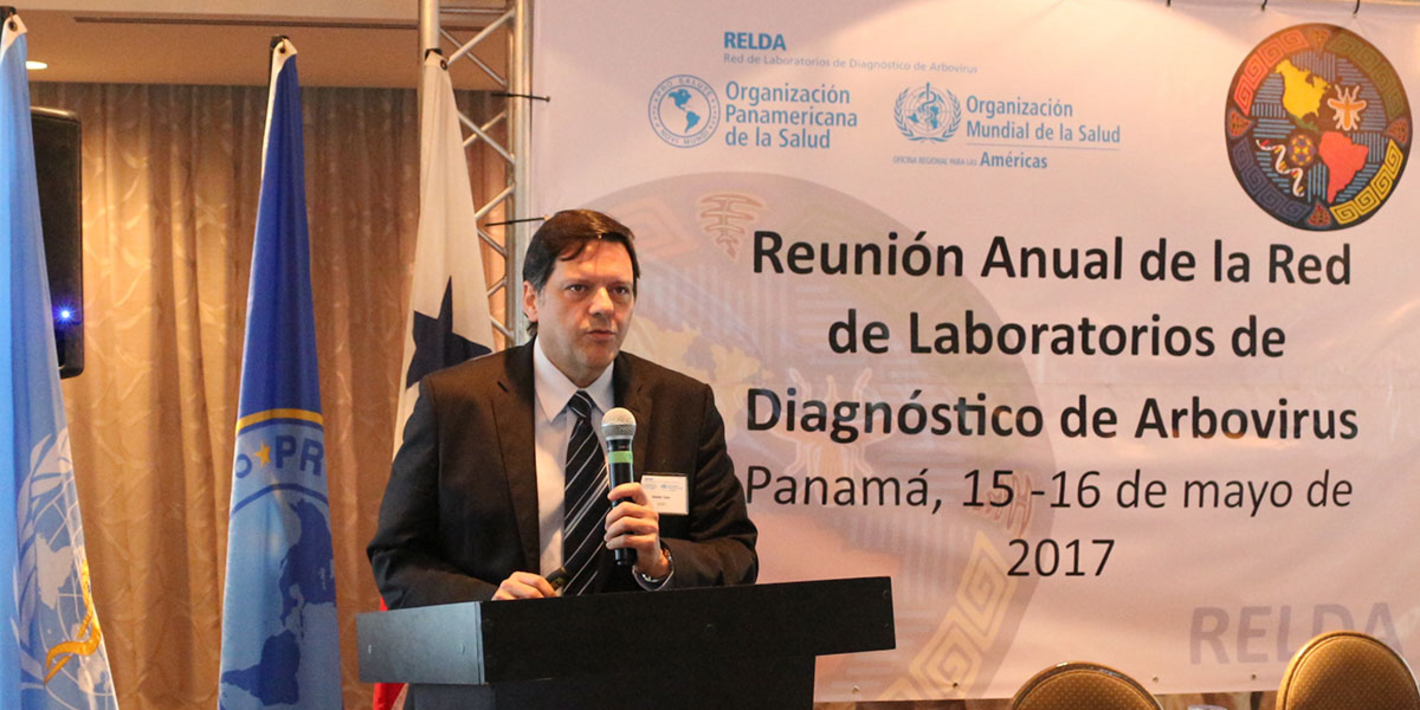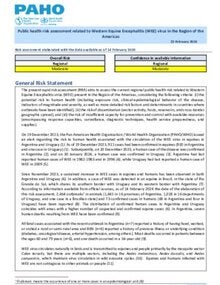Epidemiological Alerts and UpdatesWest Niles VirusWestern Equine EncephalitisProtect Yourself
What are arboviral encephalitis?
Arboviral encephalitis are mosquito-borne diseases that can cause neurological symptoms in humans and animals. Examples of arboviral encephalitis include West Nile virus encephalitis (WNV), St. Louis encephalitis (SLEV), Japanese encephalitis (JEV), Eastern equine encephalitis (EEEV), and Western equine encephalitis (WEEV).
Types
These arboviruses that affect the nervous system are divided into two main groups: flaviviruses (of the genus Orthoflavivirus, part of the family Flaviviridae) and alphaviruses (of the genus Alphavirus, part of the family Togaviridae). Examples of flaviviruses known to cause neurological symptoms include West Nile virus (WNV), St. Louis encephalitis virus (SLEV), Usutu virus (USUV) and Japanese encephalitis virus (JEV). The USUV and JEV are not found in the Americas. On the other hand, alphaviruses include Eastern equine encephalitis virus (EEEV), Venezuelan equine encephalitis virus (VEEV) and Western equine encephalitis virus (WEEV), which are also known to affect the nervous system.
Dengue virus (DENV), chikungunya virus (CHIKV), and Zika virus (ZIKV) have also been linked to encephalitis and other neurological disorders.
Symptoms
Common symptoms of these diseases may include high fever, severe headache, confusion, seizures, muscle weakness, and other neurological problems.
Prevention and treatment
Prevention focuses on avoidance of mosquito bites, as well as vaccination in the case of Japanese encephalitis (JEV). Treatment mainly involves supportive care and symptom management, as there are no specific antiviral treatments for arboviral encephalitis.












